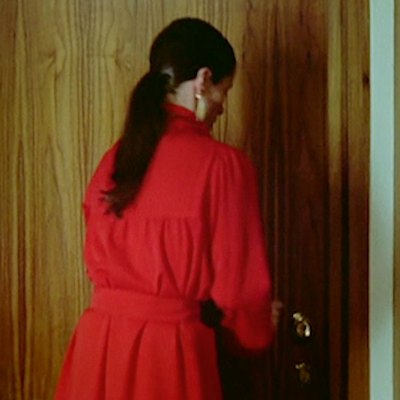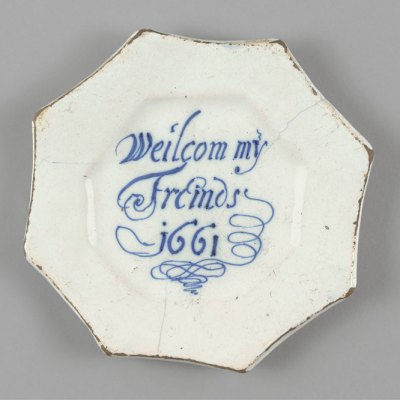
 ‘Four things to see’ is sponsored by Bloomberg Connects, the free arts and culture app. Bloomberg Connects lets you access museums, galleries and cultural spaces around the world on demand. Download the app here to access digital guides and explore a variety of content.
‘Four things to see’ is sponsored by Bloomberg Connects, the free arts and culture app. Bloomberg Connects lets you access museums, galleries and cultural spaces around the world on demand. Download the app here to access digital guides and explore a variety of content.
Each week we bring you four of the most interesting objects from the world’s museums, galleries and art institutions, hand-picked to mark significant moments in the calendar.
While some believe Salvador Dalí was channelling Einstein’s theory of relativity in his famous melted clocks, the artist insisted that his painted timepieces were simply ‘the tender, extravagant and solitary paranoiac-critical Camembert of time and space’. Nothing is straightforward when it comes to the passing of time, whether we imagine it in moments, generations or epochs; in lifetimes, space-time or planetary time. Capturing ephemeral youth or the strictures of old age, making meaning of slow, cumulative human endeavour, or imagining what the Earth might be like in the future, artists across centuries and cultures have been captivated by the forward march of time.
11 May marks the anniversary of Dalí’s birth 120 years ago. To celebrate the great Surrealist, we explore four artworks that look at the passing of time from different angles.
Old Age, Adolescence, Infancy (The Three Ages) (1940), Salvador Dalí. Collection of the Dalí Museum, St Petersburg, Florida. © Fundació Gala-Salvador Dalí (Artists Rights Society), 2024
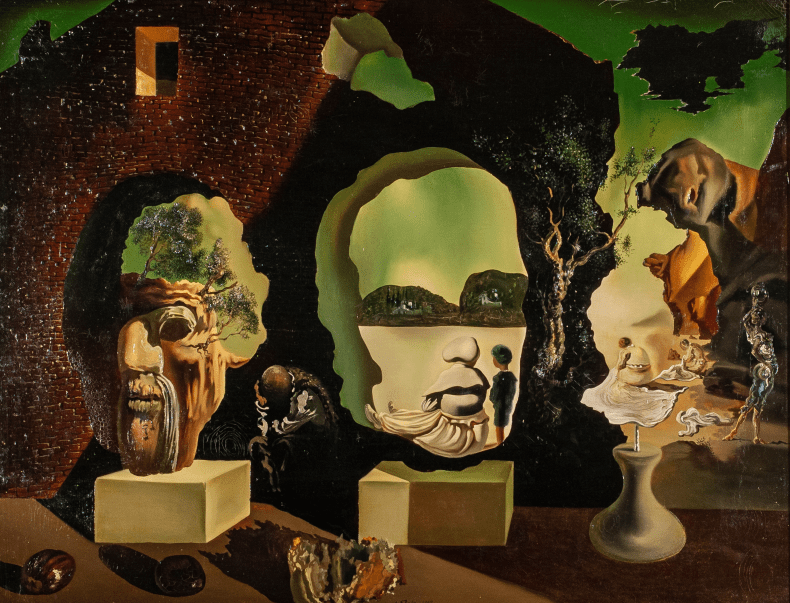
Old Age, Adolescence, Infancy (The Three Ages) (1940), Salvador Dalí
The Dalí Museum, St Petersburg, Florida
In Dalí’s take on the classic ‘ages of man’ trope, the surrealist offers a symbolic journey through three stages of life: the craggy rocks of old age, the clear head and sparkling eyes of adolescence and the bright haze of infancy. Painted while in exile in the United States during the Second World War, the scene has an air of dream-like nostalgia, with the central landscape thought to depict the bay of Cadaqués where Dalí spent summers with his family. Find out more on the Bloomberg Connects app by clicking here on your mobile device, or by scanning the QR code below.
Détail 1520432–1537871 (c. 1975), from the series OPALKA 1965/1 – ∞ (1965–2011) by Roman Opalka. Solomon R. Guggenheim Museum, New York. © Estate of Roman Opalka/Artists Rights Society, New York/ADAGP, Paris
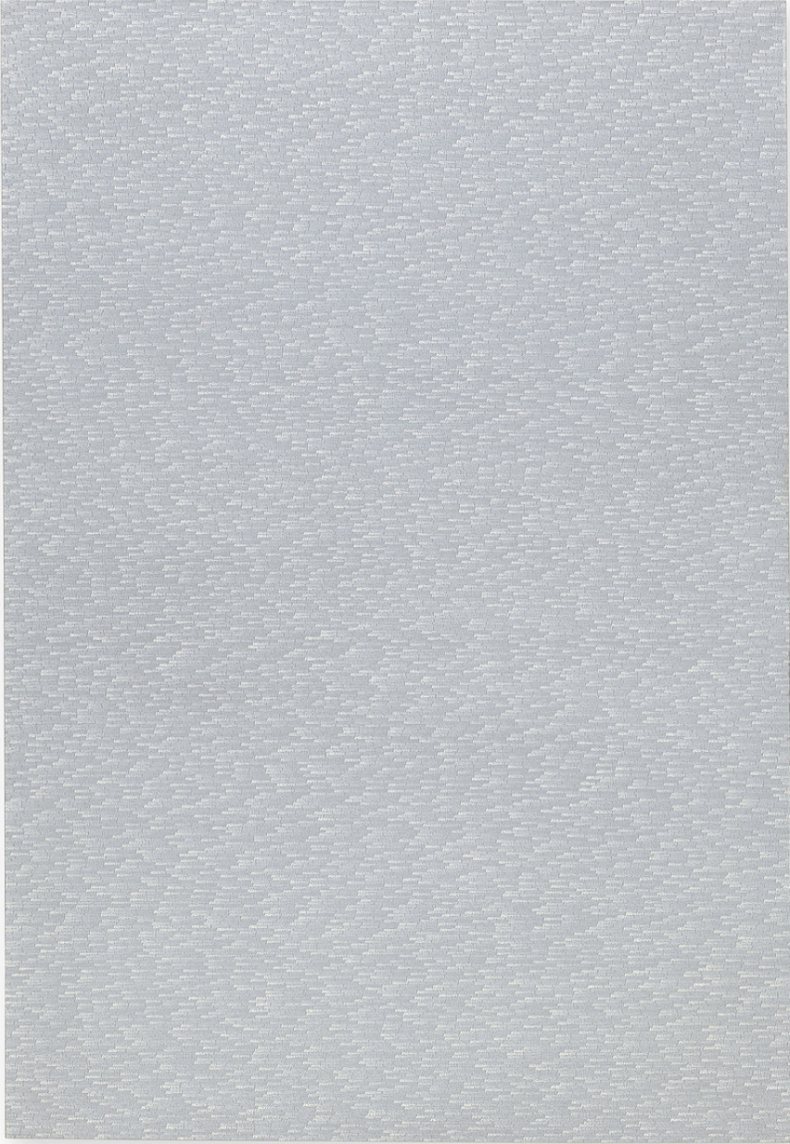
OPALKA 1965/1 – ∞ (c. 1975), Roman Opalka
Solomon R. Guggenheim Museum, New York
Roman Opalka started with ‘1’, at the top left of a large canvas, and continued inscribing subsequent numbers on canvases for the rest of his life. The Polish artist began OPALKA 1965/1 – ∞ in 1965, when he was in his mid thirties, and continued until his death in 2011, always beginning at the top left of each 196 by 135 cm canvas. He referred to each canvas as a ‘Détail’; depicted above is Détail 1520432–1537871 (c. 1975). In the earlier canvases the numbers seem to swirl into waves, and later, after he supposedly reached 1,000,000, Opalka started lightening each canvas by one per cent, imagining an eventual fade to total white. Click here to find out more about this meditation on the passing of time.
The Three Ages of Man (1500–01), Giorgione. Pitti Palace, Florence
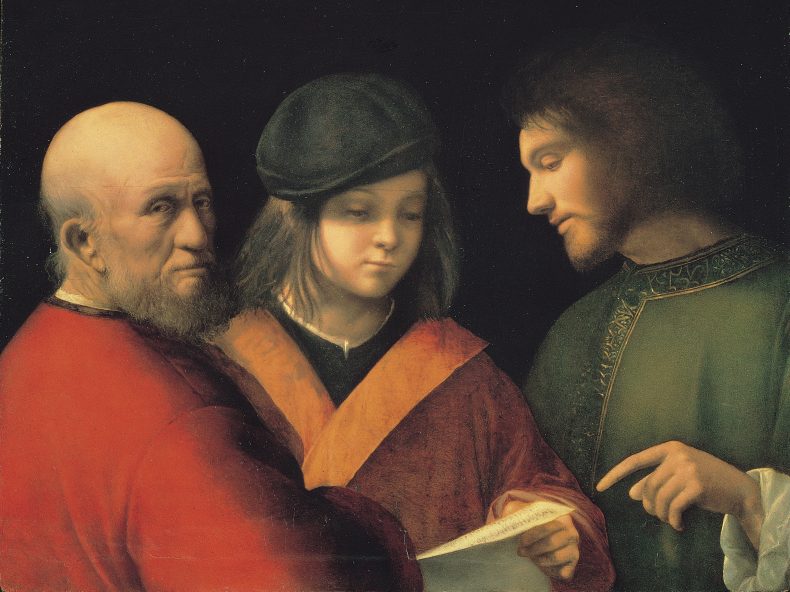
The Three Ages of Man (1500–01), Giorgione
Pitti Palace, Florence
With characteristically vivid colour against a dark background, Giorgione shows what we assume to be the same man at three stages of life. The figures’ close connection and intimate interactions seem to support this theory, as well as having the effect of blurring the edges of these so-called ‘life stages’. The dramatic sweep of shadow down the side of the older figure seems to connect him with the void beyond. Click here to find out more.
The ‘Silent Room’ at Deichman Bjorvika Library, Oslo; part of Future Library (2014–2114) by Katie Paterson. Photo: Einar Aslaksen

Future Library (2014–2114), Katie Paterson
Nordmarka; Deichman Bjorvika Library, Oslo
Scottish artist Katie Paterson’s visionary project involves planting a forest in Nordmarka, south-west of Oslo, to supply paper for an anthology of books that will be published in 90 years’ time. The manuscripts will be housed in a specially created ‘Silent Room’ at Deichman Bjorvika Library in Oslo, which is now open to visitors. On 26 May this year, Valeria Luiselli, the 10th author in the series, will submit her manuscript to the project in a special forest ceremony. Previous authors include Margaret Atwood, Elif Shafak, Han Kang, Ocean Vuong and Tsitsi Dangarembga. Click here to learn more.
![]() ‘Four things to see’ is sponsored by Bloomberg Connects, the free arts and culture app. Bloomberg Connects lets you access museums, galleries and cultural spaces around the world on demand. Download the app here to access digital guides and explore a variety of content or scan the QR code.
‘Four things to see’ is sponsored by Bloomberg Connects, the free arts and culture app. Bloomberg Connects lets you access museums, galleries and cultural spaces around the world on demand. Download the app here to access digital guides and explore a variety of content or scan the QR code.

